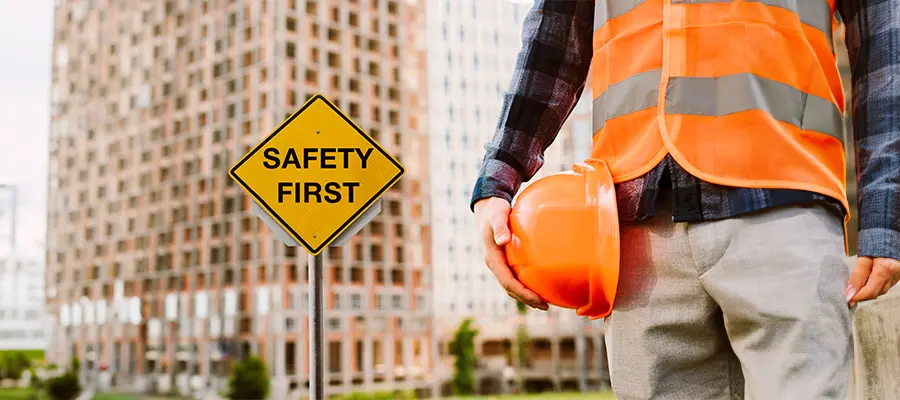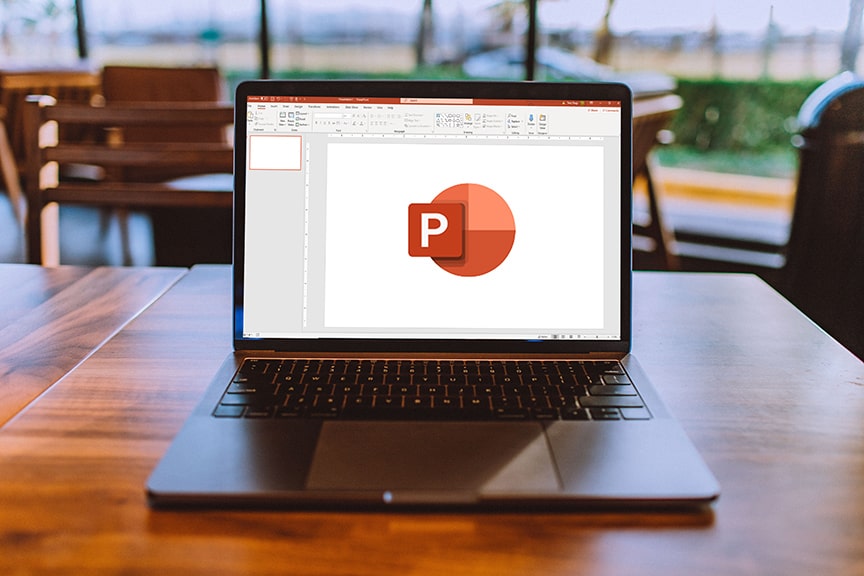How Health and Safety Signs Enhance Patient Care in Healthcare Environments

Healthcare environments, with their high level of patient interaction, require clear communication to ensure patient safety and efficient operation. Every element within these spaces contributes to an overall safe and supportive experience for both patients and staff. One crucial element often overlooked is the role of health & safety signs. These simple yet effective visual aids not only guide patients and healthcare workers but also play a vital role in enhancing care standards.
Safety First: Preventing Accidents and Promoting Safe Practices
The primary purpose of health and safety signs in healthcare settings is to prevent accidents and promote safe practices. Hospitals, clinics, and care homes are places where people are vulnerable due to illness or injury, and any oversight can result in harm. From hazard warning signs near equipment to the clear identification of emergency exits, these signs provide essential information that keeps both patients and staff safe. Health and safety signs act as visual reminders of the risks present and the necessary precautions to take.
For instance, clear signage in operating theatres helps staff quickly identify sterile zones and equipment. Similarly, warning signs for chemical or biological hazards ensure that both patients and healthcare professionals are aware of the potential risks in specific areas. By providing essential information at a glance, these signs help avoid confusion, streamline processes, and reduce the likelihood of accidents.
Facilitating Accessibility and Navigating Healthcare Facilities
Healthcare facilities are often large, complex, and crowded, making it easy for patients, visitors, and even staff to feel disoriented. Health and safety signs can provide valuable guidance to navigate these environments. Signage that clearly marks patient rooms, departments, bathrooms, and waiting areas helps guide patients and visitors, especially those who may be feeling anxious or stressed.
In addition, signs that provide directions for emergency services or emergency exits become invaluable during times of crisis, ensuring that both staff and patients can evacuate the building in a calm and orderly manner. This type of visual support reduces delays in responding to emergencies and contributes to faster reaction times during critical situations, ultimately improving patient outcomes.
Health and Safety Signs as Tools for Patient Education
Beyond their functional role, health and safety signs also serve an educational purpose. They help patients understand the hospital or clinic’s rules and guidelines, promoting better health outcomes. For example, signs displaying the proper handwashing technique can educate both patients and healthcare workers on the importance of hygiene, especially in environments where infection control is a priority.
Similarly, clear signage for ‘do not disturb’ zones in maternity wards or ICUs ensures that only authorised personnel enter sensitive areas. These signs empower patients to engage actively with their care by informing them of the hospital’s protocols, thus creating an environment of mutual respect and awareness between patients and healthcare providers.
Enhancing Comfort and Reducing Stress
Healthcare visits, whether routine or emergency, often create a sense of uncertainty and anxiety for patients. Health and safety signs can help reduce these feelings by providing reassurance and structure. For instance, signs indicating a quiet area or a space for family members to relax can help alleviate stress. Additionally, accessible signage for non-English speaking patients can help improve communication, ensuring that language barriers do not impact patient care.
Even the simple act of displaying visually clear and attractive safety signs in healthcare settings contributes to an overall sense of organisation and professionalism. When patients and visitors feel that everything is in order, their anxiety is reduced, and they are more likely to have a positive experience.
The Future of Health and Safety Signs in Healthcare
As healthcare environments continue to evolve with advancements in technology and patient care, the role of health and safety signs will expand. Digital signage and interactive displays may soon replace traditional static signs, offering real-time information to guide patients and staff more effectively. These innovations will enhance the accessibility of healthcare facilities and ensure that patients’ needs are addressed promptly.
Moreover, healthcare institutions are likely to place greater emphasis on signage that supports inclusivity, such as signs in braille for visually impaired patients or multilingual signage to accommodate diverse populations. This inclusive approach will make healthcare environments more accessible, reinforcing the commitment to patient-centred care.
Conclusion
Health and safety signs are more than just regulatory requirements; they are an integral part of the patient experience in healthcare environments. They help prevent accidents, enhance communication, guide visitors, and even provide essential education to patients and staff. In an industry where safety and care are paramount, these signs play a pivotal role in creating a safe, efficient, and comfortable healthcare environment for everyone involved.




